- Category
- Latest news
Could Russia Launch a Svalbard Operation? A Look at Russia’s Arctic Fleet Capabilities
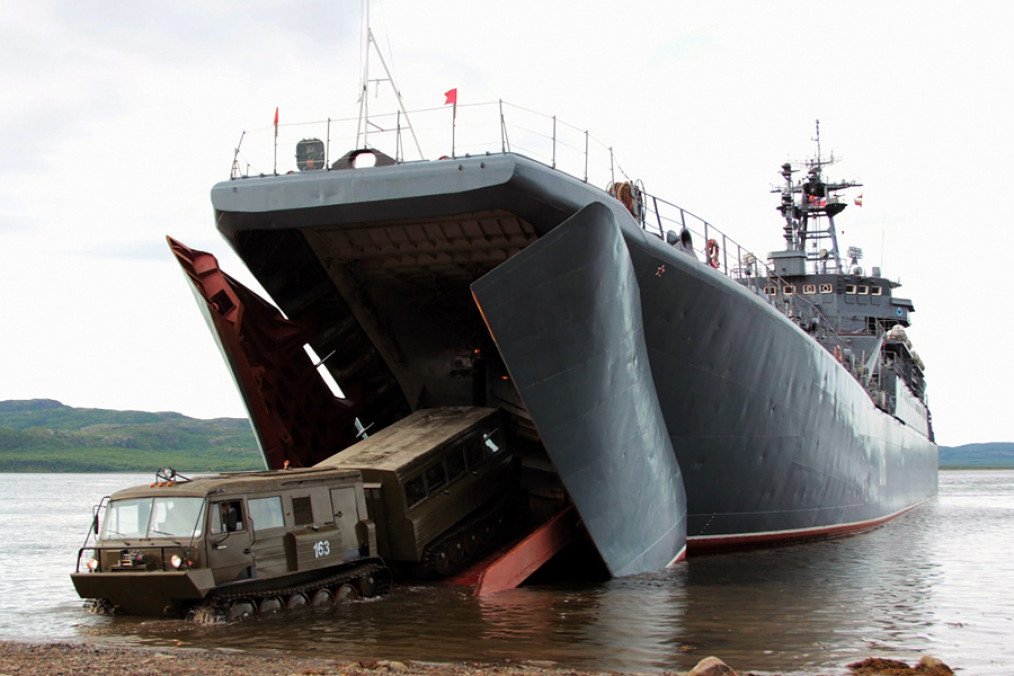
Russia’s Northern Fleet may be preparing for a potential military campaign in the Arctic, with particular focus on Svalbard. Recent analysis by naval expert Frederik Van Lokeren, published by Defense Express in April 18, suggests this possibility.
This assessment follows renewed Russian claims over the archipelago, raising concerns about a possible escalation involving NATO member Norway.
Russia currently maintains five landing ships under its Northern Fleet, organized under the 121st Brigade of Surface Ships.
The fleet is supported by two naval infantry brigades—the 61st and the 200th. Van Lokeren questions whether these assets would be sufficient for a successful landing on Svalbard, especially in light of Russia’s recent losses in Ukraine.
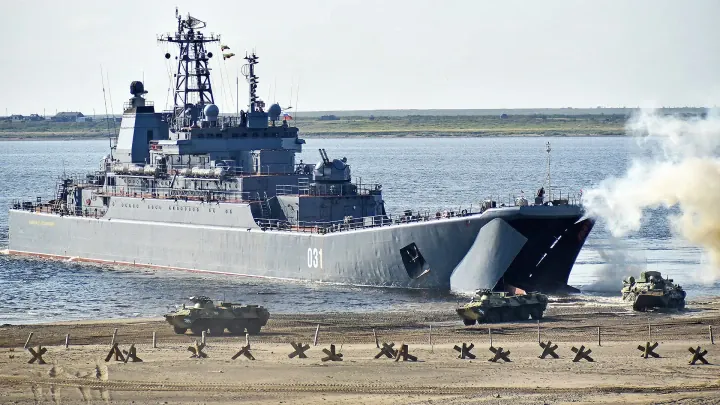
Although Svalbard is demilitarized under the 1920 Svalbard Treaty, Russia has accused Norway of violating this status by expanding infrastructure on the archipelago.
Russian emissaries have also made repeated visits to the area, invoking protection of Russian-speaking communities and war commemorations as justification for increased presence.
While Norway maintains that Svalbard’s security is ensured through its NATO membership, any attempt to bolster defenses on the archipelago could be interpreted by Russia as a provocation. This introduces the possibility that Russia could use such actions as a pretext for a military operation.
Van Lokeren argues that if Norway were to enhance its presence on Svalbard, focusing on air defense and patrol aviation could be a practical option, as Russia’s Northern Fleet lacks robust air defense capabilities. However, the risk remains that any deployment might be used by Moscow to justify escalation.
-0c0f9d0574b5dfd68b0310455ff5cee3.jpg)
Norwegian сapabilities
According to the Defense Express, Norway has a total of 25,400 active personnel and 40,000 members in the Home Guard. Its ground forces include around 3,900 regular troops and 4,400 reservists, primarily organized into one brigade and several smaller units.
Equipment includes 36 Leopard 2A4 tanks, over 90 CV90 infantry and reconnaissance vehicles, and nearly 550 armored transport and support vehicles.
Artillery assets consist of 24 K9 self-propelled howitzers and multiple mortar systems. Air defense is covered by six NASAMS III surface-to-air missile systems.
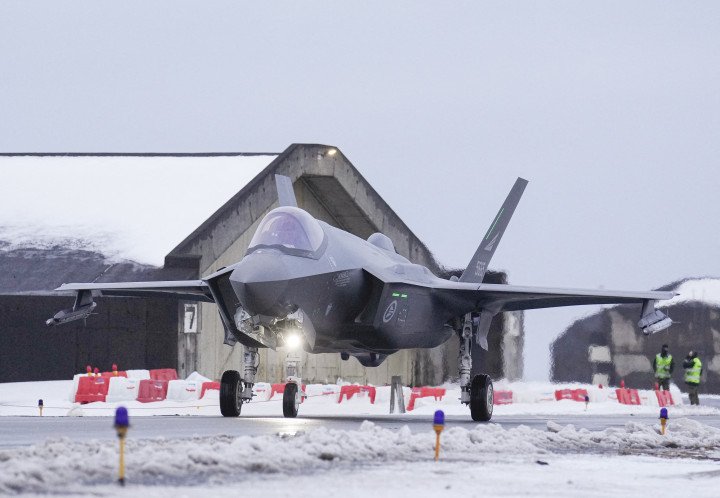
The US also maintains a rotational force of 1,100 troops in Norway, including an artillery battalion with 155mm M109 self-propelled guns.
Norway’s Navy operates four frigates, six submarines, six Skjold-class missile corvettes, and several landing craft and reconnaissance ships. Its Air Force includes 40 F-35A multirole fighters, five P-8A Poseidon maritime patrol aircraft, and a fleet of helicopters and transport aircraft.
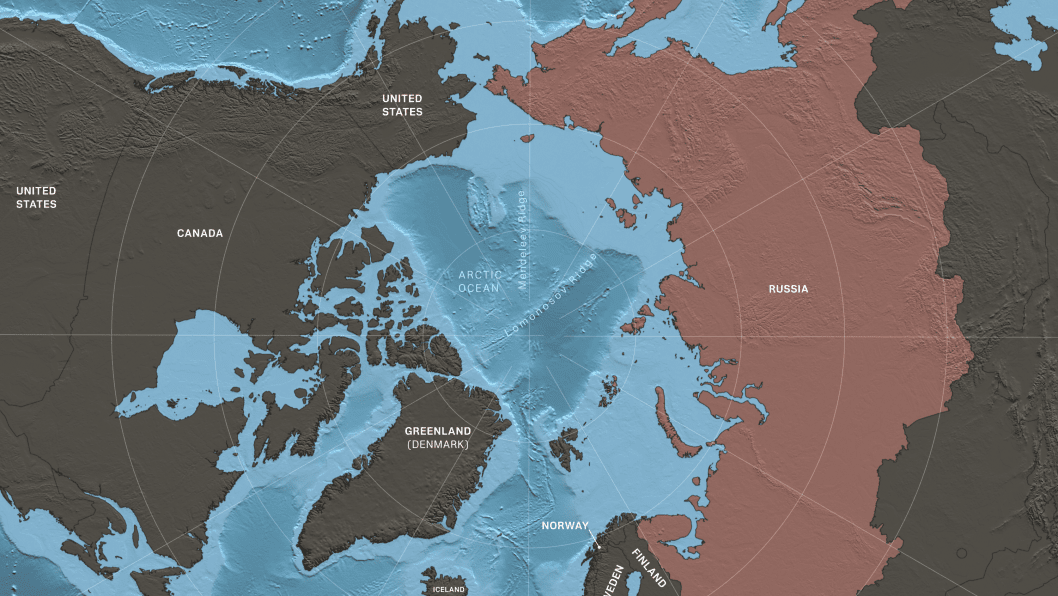
Military observers note that Russia’s interest in Svalbard is part of its broader efforts to secure influence in the Arctic. The archipelago’s strategic location and proximity to NATO territory make it a potential flashpoint in the event of deteriorating relations, according to the analysis.
While the five landing ships and two marine brigades under Russia’s Northern Fleet suggest limited amphibious capacity, the report suggests they may be sufficient for a short-term operation—particularly if Norwegian forces maintain the archipelago’s demilitarized status.
Earlier, Sweden began deploying elite Arctic forces in response to growing Russian military activity in the region. Swedish troops have been training for extreme conditions as Russia reactivates Soviet-era bases on the Kola Peninsula. The move comes amid concerns that, after the war in Ukraine, the Arctic could become a new center of geopolitical tension.



-72b63a4e0c8c475ad81fe3eed3f63729.jpeg)
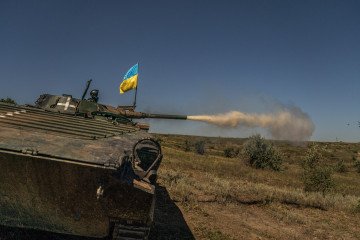

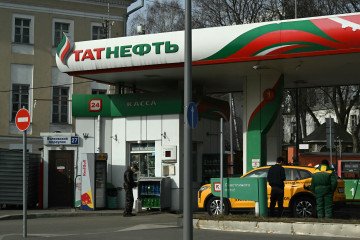


-111f0e5095e02c02446ffed57bfb0ab1.jpeg)